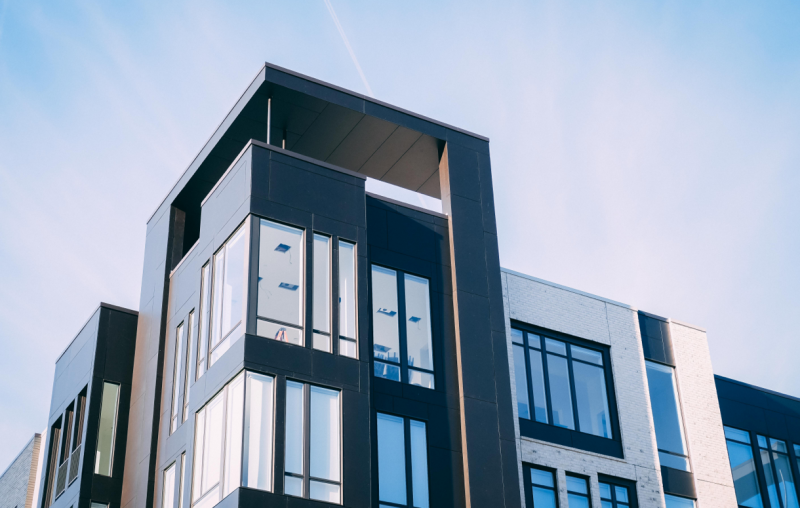Plenty of questions remain over lenders loading up on mortgages for buildings with defective cladding

In January 2023, Charmaine McQueen-Prince, Senior Property Solicitor at HomeGround Management Ltd, responded to the news that six of Britain’s largest lenders announced they will consider mortgage applications on apartments in blocks 11 metres and higher in England.
Inspections in the wake of the Grenfell Tower fire revealed chronic failures in building safety across the UK. The failures of the deficient regulatory scheme have ultimately trapped the residents in thousands of apartment blocks, which have, until recent weeks, been effectively un-mortgageable.
However, in a statement last month, six of Britain’s largest lenders – Barclays, HSBC, Lloyds, NatWest, Nationwide and Santander – announced they will consider mortgage applications on apartments in blocks 11 metres and higher in England, following new guidance issued by the Royal Institution of Chartered Surveyors (RICS).
The news has rightly been welcomed across the industry and likely by many apartment owners affected. However, there are still plenty of questions yet to be answered.
Firstly, and most importantly, although the banks have varying eligibility thresholds that homeowners and prospective homeowners have to meet, all six have said they will only be able to lend provided there is evidence buildings will either be fixed by developers, are covered by a recognised government scheme, or by leaseholder protections in the Building Safety Act. This poses the question: how long will it take leaseholders to produce the required evidence in order to remortgage or sell their property?
Secondly, immediately after the Grenfell tragedy the Government declared a large number of cladding systems to be unsafe without a clear-sighted plan on who would pay for its removal and replacement. In the years since Grenfell, government policy on building safety has continued to be ineffective, leaving many thousands of residents unable to move or confirm when their properties would be remediated.
For example, the Developer Pledge – designed to commit to remediate life-critical fire safety works in buildings over 11 metres – is not legally binding, does not consider cladding manufacturers, and is wholly voluntary for housebuilders to sign up to. In fact, as of August last year, only 49 developers had agreed to sign the Pledge, leaving huge gaps in the necessary funding needed from developers as a group to fix the crisis.
Furthermore, provisions within the Building Safety Act now makes it currently impossible for freeholders to access the Building Safety Fund. The fund was designed to facilitate the remediation of defective cladding so leaseholders would not have to as provided by their leases, yet freeholders now cannot access it without breaching their fiduciary duties. Although the Government is currently consulting on how to fix this, remediation has slowed or halted on a number of projects, leaving leaseholders stuck in limbo.
There are also worries among the industry about how much property values might suffer due to outstanding cladding and fire safety issues, regardless of plans to remove them. Questions also remain regarding the cost of building insurance, as well as how fire safety defects will impact interest rates – which are already at a 14-year high.
And despite there being cautious optimism within the industry, it must be acknowledged that the measures only cover properties in buildings over 11 metres. This means there will be thousands of leaseholders still trapped in buildings with fire safety defects and cladding installation concerns.
So, how can these concerns be alleviated? Well, the Government must adopt a ‘polluter pays safety-first’ approach, where all buildings with cladding and fire safety defects should be fixed as a first priority, and then liability pursued later. This is for the simple reason that the Government, has significantly more capital to pay for the crisis than building owners or leaseholders. The Government can then also bring its resources to bear in pursuing liability against the polluters – namely developers and those responsible for unsafe cladding materials.
This approach, endorsed by the House of Commons Housing Committee, would ensure building safety issues stop being a problem for leaseholders and prospective buyers – something which cannot be delayed any longer 5 and a half years on from the Grenfell tragedy.
To conclude, there is undeniable optimism surrounding the changed lending policy. However, until concerns are fully addressed, there is no doubt that the return of true confidence in the flat sales market is still some way away.